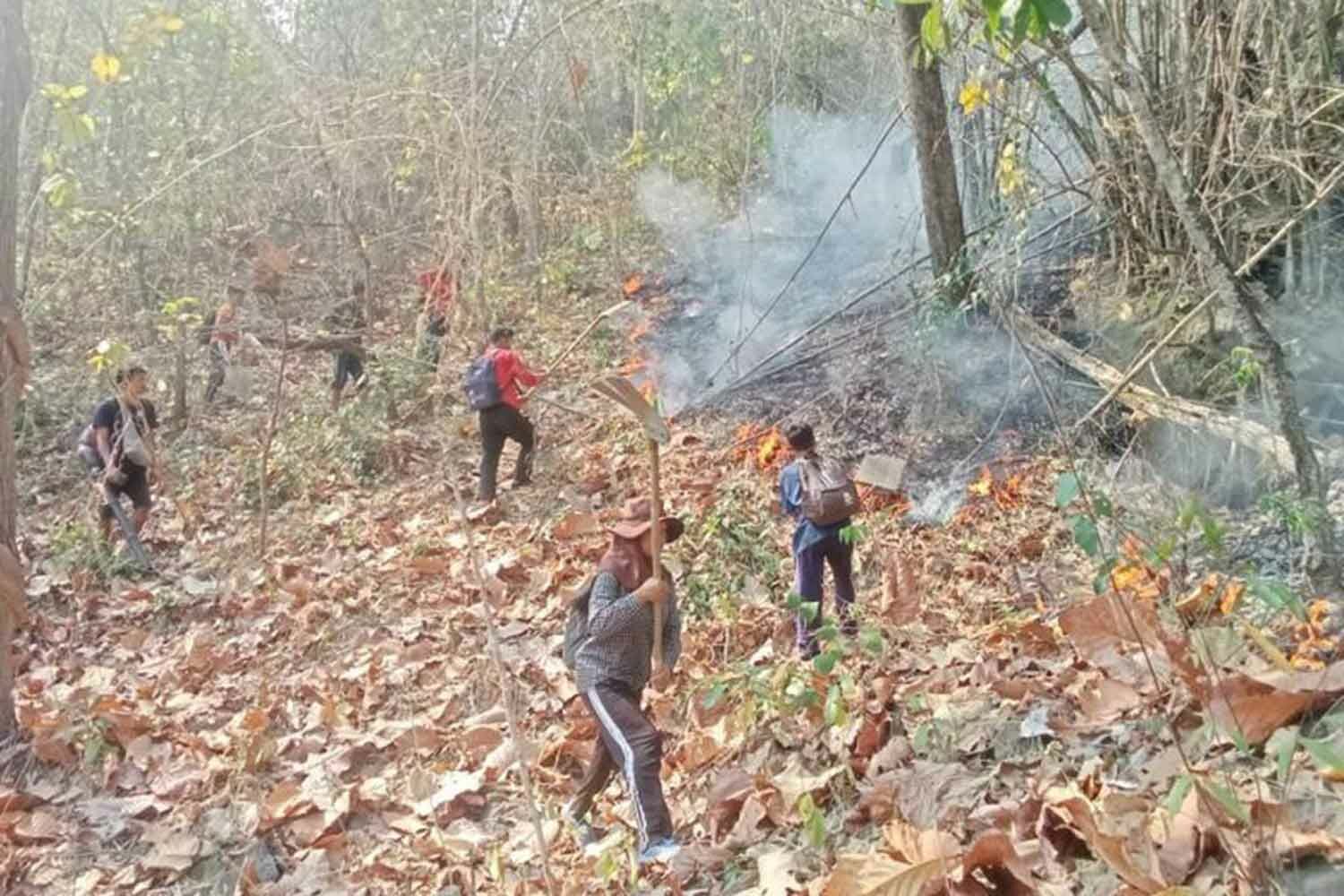Rising lung cancer deaths in northern Thailand linked to PM2.5 pollution

A surge in lung cancer mortality rates has been observed in the northern regions of Thailand, specifically in Chiang Mai and Lampang. The Faculty of Medicine at Chiang Mai University has linked this increase to the high levels of PM2.5 particles polluting the air.
Chalerm Liewsisakul, an Associate Professor at the university, revealed that PM2.5 pollution has significantly worsened in the northern region over the past 10 years, resulting in a rise in lung disease cases. The number of lung cancer deaths per 100,000 people in the north has increased from 20.3 in 2010 to 30.7 in 2019. This is a stark contrast to other regions such as Bangkok, where the figures rose from 14.9 in 2010 to 22.6 in 2019, and the northeast, which saw an increase from 10.2 in 2010 to 17 in 2019.
Statistical data from 2010 to 2021 indicates the highest lung cancer death rates in the northern provinces, particularly in Chiang Mai and Lampang. Chalerm stressed the urgent need for specific intervention strategies to tackle air pollution and its health implications in these areas.
“There is a higher incidence of lung cancer among the young population in the northern region compared to other areas. This is most likely due to the PM2.5 pollution. Global research supports this correlation, indicating an increased risk of lung cancer with prolonged exposure to PM2.5 particles.”
He pointed to a study conducted by the Faculty of Medicine, focusing on emphysema patients in Chiang Dao, a region notorious for high PM2.5 levels. Research showed significant cellular changes during high PM2.5 periods compared to low PM2.5 periods, suggesting genetic abnormalities that could potentially lead to cancer cells in the future.
There have also been reports of increased respiratory issues, such as nosebleeds and persistent coughs, during periods of high PM2.5 levels. More severe conditions like exacerbated emphysema, coronary heart disease, and strokes are also prevalent during these pollution peaks, highlighting the severe health risks of high PM2.5 levels.
Air pollution
The university’s research revealed a worrying correlation between PM2.5 levels and mortality rates in Chiang Mai. With each 10 microgrammes per cubic metre (µg/m³) increase in the daily average PM2.5 concentration, there was a 1.6% rise in the mortality rate over the following six days.
Rawiwan Olarnratmanee, a former dean of Chiang Mai University’s Faculty of Architecture, was diagnosed with lung cancer in February and passed away on April 3. The cancer cells in her lungs bore genetic mutations that were linked to PM2.5 exposure. She was one of four lecturers at the university who have died of lung cancer since 2022.
From January 1 to March 15, Maharaj Nakorn Chiang Mai Hospital reported that 30,339 patients had sought treatment for pollution-related diseases. This is double the figure for the same period last year, reported Bangkok Post.
Chiang Mai once again topped the list of cities with the worst air quality, according to IQAir.com. The Air Quality Index (AQI) reached 237 at 8.52am on Saturday.
Latest Thailand News
Follow The Thaiger on Google News:


























